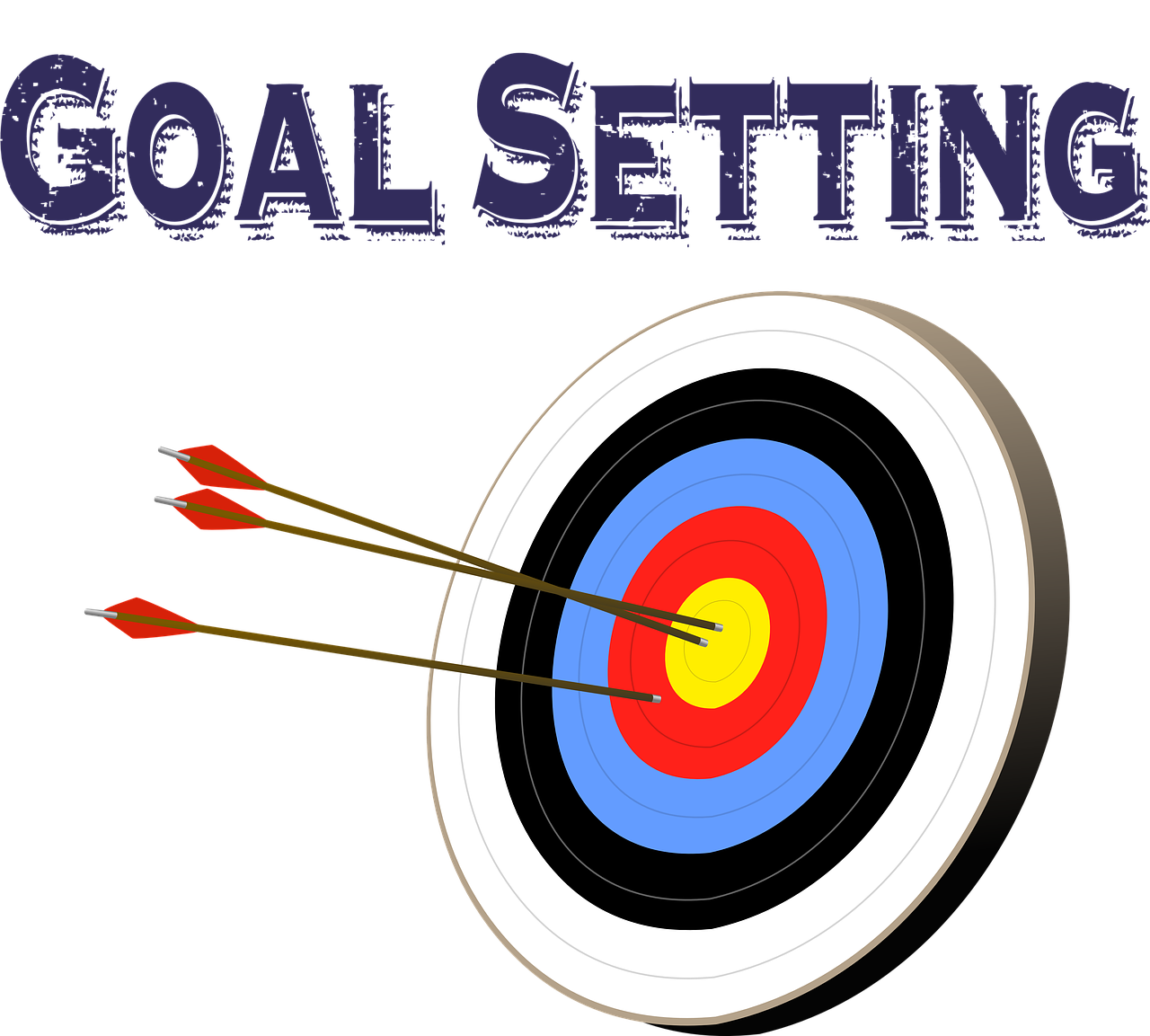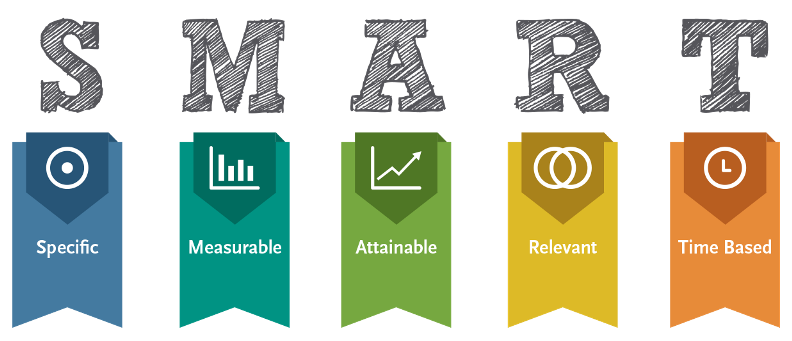How To Set Business Goals: A Guide To Creating A Clear, Accomplishable Path
If you are in business then you must set goals to move forward. Here’s how to set business goals to ensure success is attainable.
Hi Trish Davies here and today I will show you how to set business goals.
In the business world, a big part of staying successful is staying on top of things. Keeping your finger on the pulse of your company and all its moving parts is essential, especially in an ever-changing field like business.
It’s no secret that the best way to stay ahead of the game is by having a plan. This post will cover everything you need to know about setting goals for your business so that you can have a clear path to accomplishing them.
Even if you’re an established company with a solid foundation, there’s always room for improvement. Setting goals helps keep you accountable and ensures that you don’t let opportunities pass by unawares. Let’s get started!
How To Set Business Goals – What Are Business Goals?
A business goal is a metric you commit to achieving in order to keep your company on track. They’re usually measurable and can be applied to all aspects of your business, from finances to customer satisfaction.
Business goals will vary depending on the type of company you have. While a tech company might set a goal to increase their market share, a non-profit might commit to raising more funds.
It’s important to understand the metrics that best reflect how well your business is doing so that you can identify areas for improvement. Business goals can also be used to keep your employees on track.
If you have a team, it’s important that everyone is on the same page as far as where the company is headed. Having everyone set their own individualized business goals can help to keep everyone on task and focused on what’s important.
This helps employees feel more invested in their work and less like they’re just punching the clock.
Why Are Business Goals Important?
This seems like a silly question, right? Well, it isn’t if you’re not used to setting goals. Once you start setting goals for your business, you’ll see just how important they are. Setting goals for your business allows you to:
Keep track of where your company is headed – This is especially important for larger companies. You want to be aware of what your employees are doing and how their work relates to the company as a whole.
When everyone is working towards the same goal, it makes things easier and more efficient.
Identify areas for improvement – If you don’t know where you’re at, it’ll be hard to know what you need to improve. Setting goals for your business will allow you to pinpoint the areas you need to focus on and make a plan for how to improve them.
Here are 5 steps to follow that will show you how to set business goals.
Step 1: Find Out What’s Currently Working (And What’s Not)
When you set goals, the first thing you want to do is identify what’s currently working in your business. This can include things like:
- What your customers like about you and how you operate
- What your strengths are as a company and where you excel
- Finally what your weaknesses are and how you can improve upon them
You want to be sure to include everything in this list. You can’t fix what you don’t know about.
Once you have a solid understanding of what’s working and what isn’t in your business, you can move on to the next step.
Step 2: Set Your Vision & Commitments
Now that you’ve examined where your business is currently at and what’s working in it, it’s time to set a visual for the future. The best way to do this is to think in terms of where you want your company to be in one year.
You can think even longer if you’d like, but one year is a good general rule of thumb. When thinking about your goals, there are a few things to keep in mind: Make your goals S.M.A.R.T.
If you want your goals to be effective, they need to be S.M.A.R.T. What does this acronym mean exactly? It stands for:
Specific – Your goals need to be specific. If you set a goal to “grow your business”, it doesn’t give you much to work with. “Grow my business by 50% by the end of the year” is a much better goal.
Measurable – You need to know when you’ve reached your goal. “Sell more products” is not a good goal. “Sell $500,000 worth of products by the end of the year” is a great goal.
Achievable – Your goals need to be achievable. If you have no experience in business and you set a goal to open your own company, that’s not attainable.
Relevant – Your goals need to be relevant to your company and industry. Goals that you set just to be “cool” or “different” won’t do anything.
Time Based – Your goal must have definitive timeframes in place.
Step 3: Determine The Behaviours That Lead To Your Goal
Now that you have a visual for where you want to be in the future, you need to figure out how to get there. This is where you must look back into the present and evaluate your company’s strengths, weaknesses, and opportunities for improvement.
Once you know where you excel and where you fall short, you can set goals to address those areas. Be sure to take into account any upcoming opportunities or deadlines, too.
There’s nothing worse than having a goal that would have been attainable, but you didn’t account for an outside factor and missed the mark by a mile. When you know what you need to improve upon, you can start setting goals to help you improve.
These goals should be SMART and relevant to the area you want to improve. For example, if your sales team needs improvement, a goal could be to have each sales rep close 3 deals every week.
Step 4: Choose Your Key Performance Indicators
Key performance indicators (KPIs) are metrics that help you monitor how well your business is doing. There are plenty of metrics you can choose to track and improve upon.
Whether you want to focus on improving your sales, decreasing costs, or increasing brand recognition, there are KPIs for all those areas. When you’re choosing your KPIs, make sure they reflect the goals you set in step 2.
This way, you can see how close you are to reaching them. While you can choose any metrics you like, there are certain KPIs that are more effective than others. Here are the most commonly used KPIs and what they mean for your business:
Revenue – This is a common indicator used to measure the success of many different businesses. It’s important to track revenue at every level of your business, from a single sales rep to your company as a whole.
Costs – It’s important to keep an eye on your costs as well. This can include everything from the amount of money you’re spending on advertising to the salaries of your employees.
Step 5: How To Set Business Goals – Wrapping Up
After you’ve set your goals and KPIs, you’ll want to take the time to review them regularly to see how you’re doing. This can be done at the end of each month or quarter, depending on how often you want to check in.
You can also set quarterly goals and review them at the end of the year. This will help keep you on track and give you something to strive for.
Now that you know how to set business goals and measure your performance, you can put the knowledge to use and create a clear path to success for your company.
However, you should keep in mind that goals are useless without action. It’s great to set goals, but if you don’t act on them, nothing will change.
Follow this guide, and you’ll find yourself on a clear path to success in no time.
Trish Davies
Trish Davies International




Recent Comments